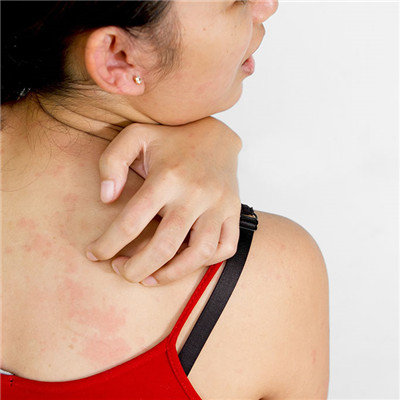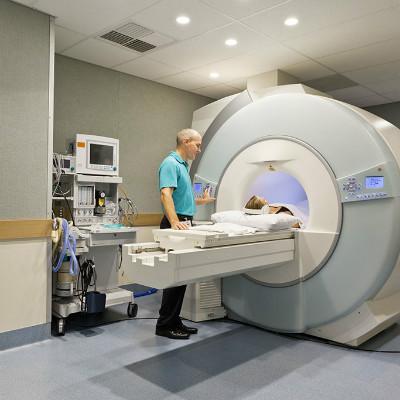Typical symptoms of acute pulmonary edema?
summary
I believe many people have heard of pulmonary edema, what are the typical symptoms of acute pulmonary edema? Now, there are many reasons for pulmonary edema. Only when we find the condition of the disease, can we do a good job in the nursing measures of the disease. Pulmonary edema is not as difficult to treat as you think, so as long as you have enough patience, you can reduce the damage.
Typical symptoms of acute pulmonary edema?
Interstitial edema stage: mainly manifested as nocturnal paroxysmal dyspnea, forced sitting with cold sweat and restlessness, cyanosis of lips, dry rales or wheezes in both lungs, tachycardia, and elevated blood pressure. At this time, it is caused by increased pressure due to pulmonary interstitial edema, narrowing of bronchioles and bronchospasm due to hypoxia.
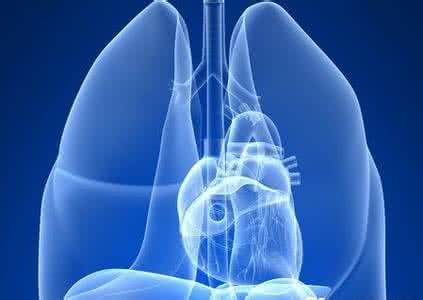
Alveolar edema: the main manifestations of severe dyspnea, sitting breath, accompanied by fear of suffocation, gray complexion, skin and lips obviously cyanosis, sweat, cough, cough a large amount of pink foam like sputum, feces and urine can occur incontinence, two lung full of sudden moist rales, such as cardiogenic, rapid heart rate, arrhythmia, apical first heart sound weakened. Pathological third and fourth heart sounds could be heard.
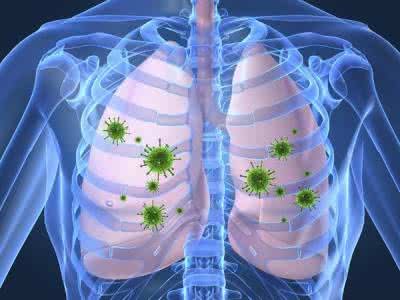
Shock stage: in a short period of time, a large amount of plasma extravasation, resulting in rapid reduction of blood volume in a short period of time, resulting in hypovolemic shock. At the same time, due to the obvious weakening of myocardial contractility, cardiogenic shock, shortness of breath, decreased blood pressure, cold and wet skin, oliguria or anuria and other manifestations, accompanied by changes in consciousness and consciousness.
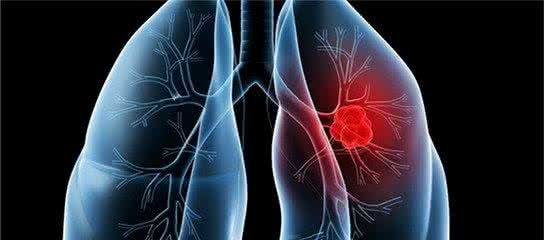
matters needing attention
We must pay attention to the fact that the incidence of acute pulmonary edema is very fast. When dealing with the disease, we must pay attention to reexamination and actively treat the disease. In addition, we need to know more about the specific symptoms of the disease in order to treat the disease more comprehensively.

